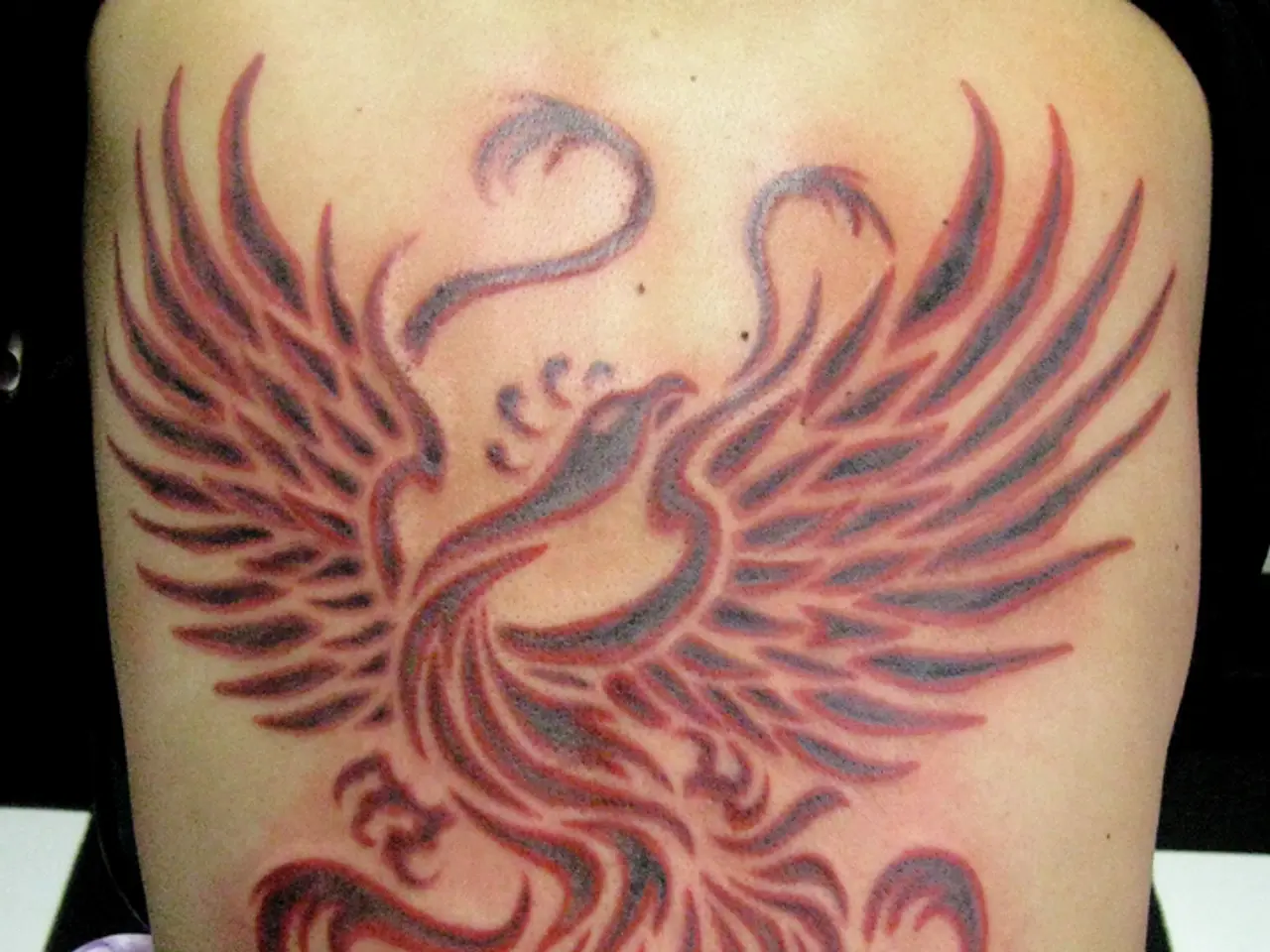Undescended Testicle (Cryptorchidism): Recognizing Symptoms, Identifying Risk Factors, and Treatment Approaches
**Article Title: Undescended Testicles in Adults: Causes, Treatment, and Key Considerations**
Undescended testicles, also known as cryptorchidism, are usually detected at birth or in early childhood. However, in rare cases, the condition may persist into adulthood if it was undiagnosed or untreated earlier in life. This article explores the causes, treatment options, and key considerations for adults with cryptorchidism.
**Causes of Undescended Testicles in Adults**
The exact cause of cryptorchidism is often unclear, but it is believed to involve a complex interplay of genetic, hormonal, and environmental factors. Family history of undescended testicles or other genital developmental abnormalities increases the risk. Maternal and environmental factors such as older maternal age, exposure to toxic chemicals, poor maternal health, alcohol consumption, and cigarette smoking during pregnancy are also recognized as risk factors. Congenital and syndromic conditions like Down syndrome, Prader-Willi syndrome, Noonan syndrome, and androgen insensitivity syndrome are associated with higher rates of cryptorchidism. Prematurity, low birth weight, and endocrine disorders can also contribute to the condition.
**Treatment Options for Undescended Testicles in Adults**
Treatment for persistent undescended testicles in adults is less common, as the condition is typically addressed in childhood. However, if discovered in adulthood, the primary treatment is surgical relocation of the testicle into the scrotum, known as orchiopexy. This procedure may be considered for cosmetic reasons, to reduce the risk of complications, or due to pain, although the benefits in terms of fertility and cancer risk are more limited after puberty.
In cases where the undescended testicle is atrophic (shrunken), nonviable, or if there is a high suspicion of malignancy, surgical removal (orchiectomy) may be recommended. Hormonal therapy is generally not effective in adults, as it is primarily used in infants and young children to stimulate testicular descent. In some cases where surgery is not performed, regular monitoring for testicular cancer and other complications is advised.
**Key Considerations**
Adults with cryptorchidism should be aware of the potential psychological effects related to body image and self-esteem. There is also an increased risk of testicular torsion, hernias, and malignancy associated with the condition. Undescended testicles are associated with reduced fertility and an increased risk of testicular cancer, especially if the condition persists beyond puberty.
In summary, while undescended testicles are primarily a pediatric concern, adults with this condition should be evaluated by a urologist for potential surgical intervention, fertility assessment, and cancer surveillance. It is crucial to address the condition promptly to reduce the long-term risk of testicular cancer or infertility. If a doctor cannot feel the undescended testicle, it may be located in the abdomen, inguinal canal, or have never formed. About 80% of undescended testicles are palpable and usually located at the end of the inguinal canal.
The scrotum is a small pouch of skin that hangs behind the penis, and it plays a crucial role in maintaining the testicles at an optimal temperature for sperm production and development. Cryptorchidism is a condition where one or both testicles do not descend into the scrotum during fetal development.
- In cases of undescended testicles in adults, the scrotum, a small pouch of skin essential for optimal sperm production, may not host both testicles.
- Medical-condition research continues, exploring the genetic, hormonal, and environmental factors contributing to cryptorchidism in adults, such as family history, maternal age, exposure to toxic chemicals, and prematurity.
- The American Football world, encompassing the NFL, NCAA Football, and even American Football as a whole, may not be directly associated with cryptorchidism, but maintaining health and wellness in all aspects is crucial for all athletes.
- Aq, a presumed element in this context, might symbolize the prevention strategies developed to reduce the risk of cryptorchidism in newborns and infants, or potential therapies for adult cases.
- The risks associated with cryptorchidism in adulthood extend beyond self-esteem and body image to include increased possibilities of testicular torsion, hernias, and malignancy.
- Early detection is essential for chronic health issues like cryptorchidism, just as the detection of chronic kidney disease or respiratory conditions requires medical attention.
- Cryptorchidism could also influence the fertility of affected individuals, making fitness and exercise important components of health and wellness to ensure reproductive capacity.
- Personal appearance, mental health, and cardiovascular health are all interconnected facets of overall wellbeing and might be affected by undiagnosed or untreated cryptorchidism.
- Eye health, skin care, and nutrition are additional aspects of health management that require attention alongside addressing chronic diseases and conditions like cryptorchidism.
- In some instances, despite the advances in science and medical technology, treatments such as hormonal therapy for cryptorchidism may not offer significant benefits for adult cases.
- Fitness and exercise, including sports like football, can help maintain overall health and may be associated with reduced risks of certain chronic diseases, but cannot prevent all medical conditions like cryptorchidism.
- As with any medical condition, seeking professional guidance, such as from a urologist, is essential for informed decisions and effective management of undescended testicles in adults.




